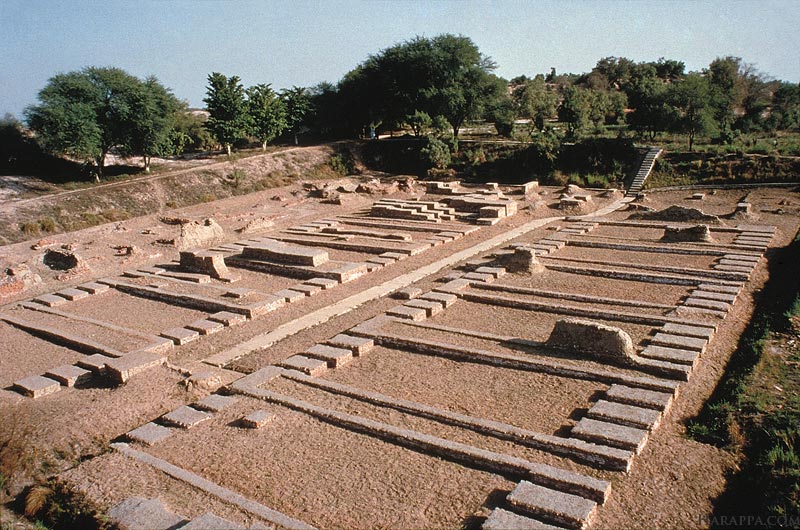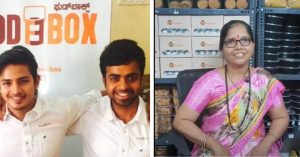We Indians Love Our Dal. But Do You Know the Fascinating History of Our Favourite Comfort Food?
If you are a die-hard fan of dal, take things up a notch and tease your taste buds a little more with these interesting stories about this simple yet undeniable delicious dish.

If there is one dish with which Indian cuisine, and in that sense, most Indians, share an umbilical-like connect, it has to be the humble dal. As the Oxford Companion to Food points out, technically the word dal denotes simply a split pulse, but in India it has come to encompass dried beans and peas as well as a thick purée-like stew or soup made from lentils – one of the most adaptable ingredients in an Indian kitchen.
An indispensable part of most Indian thalis, dals can also include vegetables, even meat, and there is a world of them, ranging from the most basic (the simple tarka dal found on most restaurant menus) to the decadent (the extraordinary smoky dal makhni).
While an earthy creaminess is common to all dals, what makes each version of this mellow dish stand out is its fragrant tempering.

Each state in India has its favourite selection of dal, even though most common ones (like masoor, tur, urad, moong and chana dal) are used pretty much everywhere. Each of these dals are also prepared in different ways in different regions – while they all have an earthy creaminess in common, the fragrant tempering of spices used in each gives them distinctly unique flavours that simply cannot be compared.
While every version of this mellow dish is much-loved by Indians for its simple yet deeply comforting taste, the fascinating stories behind their origins are virtually unknown. So if you are a die-hard fan of the humble Indian dal, take things up a notch and tease your taste buds a little more with these interesting tales about this delicious dish.
History yields some very interesting facts about dal. Lentil dishes have been known to Indians since very early times. Archaeological evidence indicates that the Indian dal made its first appearance in the Indus Valley Civilization, where lentils – of all kinds – were a staple food.
Starch granules of lentils (peas, chickpeas, green gram, black gram) have been recovered from the interior surface of storage jars from the Harappan site of Farmana (located in the Ghaggar Valley, Haryana).

Great Granaries of Harappa
In fact, ancient Indian texts describe recipes of dal that were served to guests at celebratory meals. It is believed that special dal served at Chandragupta Maurya’s wedding back in 303 BC was the precursor of ghugni – a lentil preparation that is still very popular in east India and can be often found being sold in street side shops as a breakfast option.
In medieval India, it was the revival of the dum pukht technique (slow cooking in steam) that raised the stature of dal, especially chana dal (Bengal gram), in the royal menu. So much so that in years to follow, serving any other dal except chana dal to the Emperor was considered a suicidal move by the royal cooks.
It was the advent of panchmel (also called panchratna dal) that helped change this status quo. While little is known about the exact origin of this lentil preparation, it is believed that the panchmel dal first became popular in the royal house of Mewar.
A simple, nutritious and subtly flavoured mix of five lentils – moong dal, chana dal, toor dal, masoor dal and urad dal – panchmel dal was also one of Jodha Bai’s favourite dishes.
When she married Akbar, she introduced it into the predominantly non-vegetarian Mughal kitchen, along with a handful of other vegetarian dishes.

Panchmel dal was such a big hit with Mughal royalty that by the time Shah Jahan took over the throne, the court had its own shahi panchmel dal recipe. It also held a place of pride on the dining table of Aurangzeb who, being a strict vegetarian, fancied the dish more than the roast meat dishes that found favour with his uncles and brothers,
Food historians also believe that the panchmel dal may have been born out of the necessity to create a different tasting dal for the royal meal every day – changing the combinations of dal and the tempering ensured that the dal tasted different every time!
Also Read: TBI Food Secrets: The Fascinating History Behind Rajasthan’s Traditional Dish Dal Baati Churma
Interestingly, there is another legend about the origin of panchmel dal. Apparently, the first mention of this dal is made in the Mahabharata — while hiding out as a cook in King Virat’s kitchen, Bhim created the first panchratna dal by slow-cooking the mix of five dals in an earthen pot and garnishing it with a generous dollop of ghee.
Another type of dal that has an interesting history is the Moradabadi dal. Made of moong dal, this culinary gem first came to prominence when Prince Murad Baksh (the third son of Shah Jahan) established the city of Moradabad in 1625.

Much like his great grandfather Akbar, Murad was very fond of Rajasthani toor dal and ordered his cooks to create something as light yet delightful as his favourite dal.
It was during these attempts that a cook accidentally discovered that cooking moong dal on slow flame can result in a dish that is slightly sweet, velvety and just as flavourful as toor dal. He served it in a bowl made of dried betel nut leaf with a garnish of amchur, onions and green chillies. The prince is said to have liked it so much that he snacked on it three times a day. And thus Moradabadi dal was born.
Incidentally, what hasn’t changed is that even today, this dish is more of a snack than a part of the main course and is served with a variety of garnish, much like how the cook introduced the dish to Murad!
A saga of how different types of dal evolved in India would be incomplete without the story of how the famous dal makhni was created. Made from the ubiquitous urad dal (black gram), this restaurant favourite was invented by Kundan Lal Gujral, the founder of the Moti Mahal chain (also the inventor of butter chicken and tandoori chicken).

Kundan Lal wanted to create a ‘shahi’ dal that would go well with the rich non-vegetarian food served at his restaurant. He had already perfected the tomato- and cream-based gravy for the butter chicken and decided to use the recipe in combination with urad dal (black gram), chana dal (bengal gram) and rajma (kidney beans). The combination proved to be a masterstroke, and the fabled dal makhni was born.
If all this dal talk has made you hungry, here are the recipes of some culinary cousins of dal from across India. Go on, experiment!
You May Like: TBI Food Secrets: The Humble Origins of the Hugely Popular Butter Chicken
Like this story? Or have something to share? Write to us: [email protected], or connect with us on Facebook and Twitter.
NEW: Click here to get positive news on WhatsApp!
This story made me
- 97
- 121
- 89
- 167
Tell Us More
We bring stories straight from the heart of India, to inspire millions and create a wave of impact. Our positive movement is growing bigger everyday, and we would love for you to join it.
Please contribute whatever you can, every little penny helps our team in bringing you more stories that support dreams and spread hope.



















